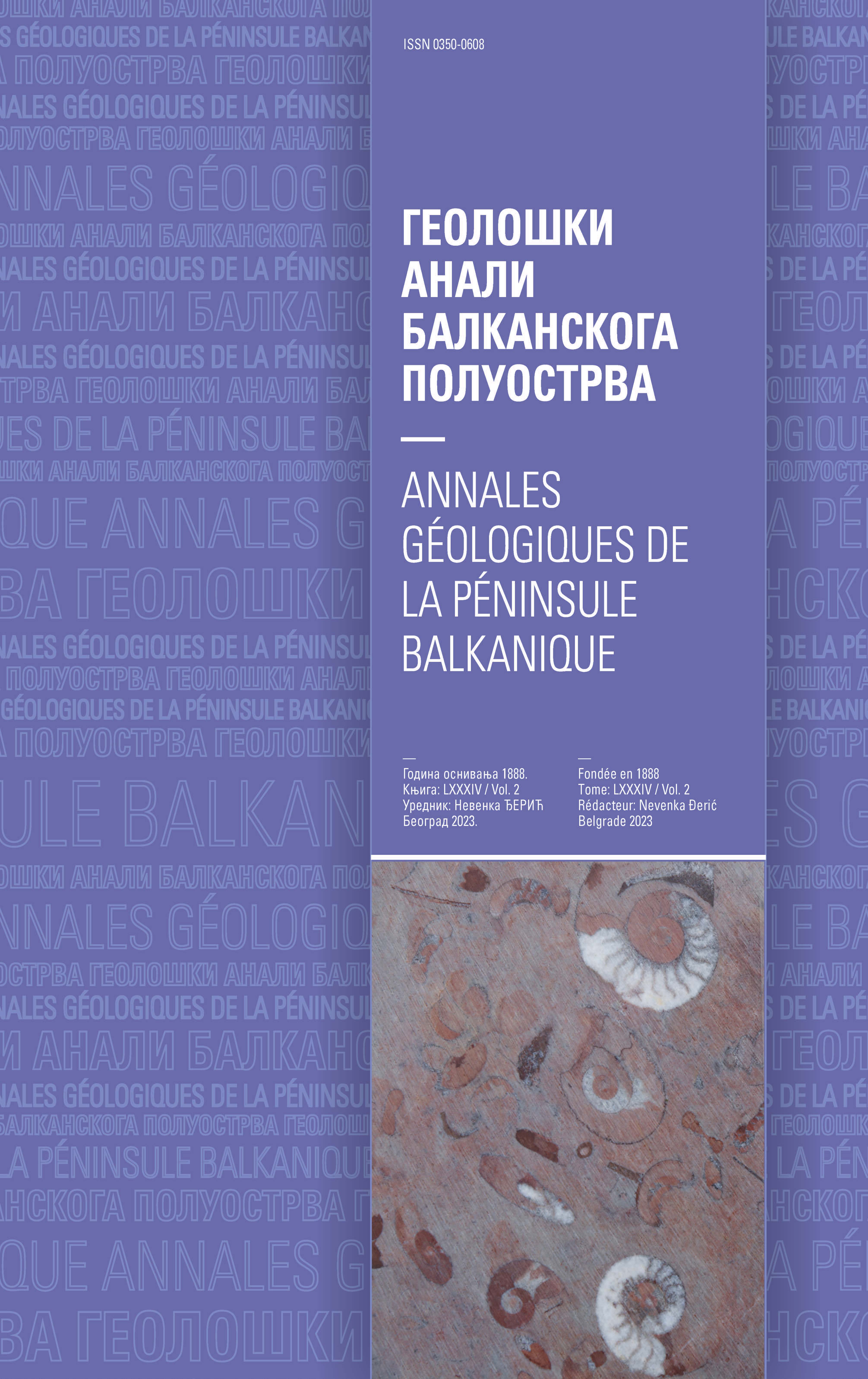Modeling of Sorption and Degradation of selected Pharmaceuticals: case study of Belgrade Groundwater Source
Abstract
The application of a mathematical model that analyzes the transport of selected pharmaceuticals from the Sava River to a corresponding radial collector well at Belgrade’s groundwater source is assessed. The occurrence of selected pharmaceuticals in surface water and the corresponding well was monitored from 2009 to 2015. The pharmaceuticals selected for the present study are carbamazepine, trimethoprim, and metamizole metabolites 4-AAA and 4-FAA. Transport is analyzed based on experimental data (sorption isotherms) and a field tracer experiment that includes injection of the selected pharmaceuticals. The analysis shows that sorption of carbamazepine is relatively low and that this pharmaceutical does not degrade under the studied conditions, so it is not possible to accurately determine the degradation half-life. Trimethoprim is detected in the Sava River with an average concentration 8.5 ng/l, but there is no positive detection in well Rb-16. The average concentration of 4-AAA in the surface water is 34 ng/l and of 4-FAA 13 ng/l. The average concentrations of 4-FAA and 4-AAA in the groundwater are in the range from 1 and 1.85 ng/l. The objective of the research is to use an existing hydrogeologic model and apply a transport model to determine the minimum degradation half-life of the investigated pharmaceuticals.
Copyright (c) 2017 Geološki anali Balkanskoga poluostrva

This work is licensed under a Creative Commons Attribution 4.0 International License.









